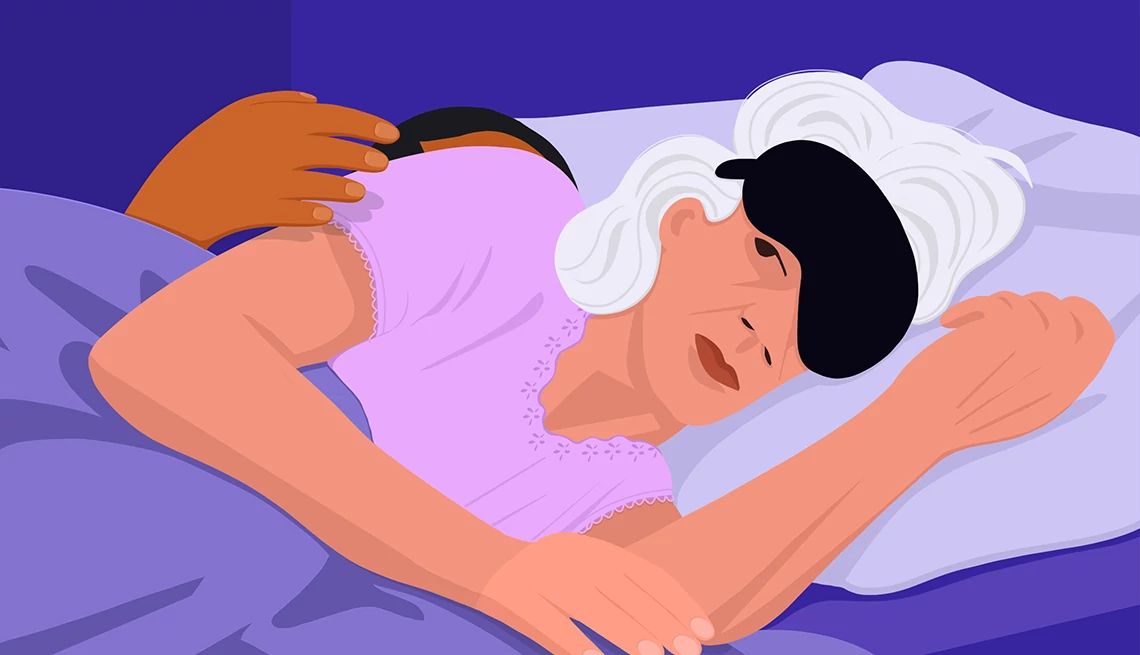
- Select a language for the TTS:
- UK English Female
- UK English Male
- US English Female
- US English Male
- Australian Female
- Australian Male
- Language selected: (auto detect) - EN
Play all audios:
TRY BODY MAPPING. Certified sexuality educator Jane Fleishman recommends body-mapping with your husband. It’s not a prelude to having sex but a way of gathering intel and, potentially,
“opening a door that’s been closed for a long time.” Here’s how it works: Get naked and touch your own body to find out what feels good — and doesn’t. Now, deliver “your data, your analysis,
your report” to your husband while asking him to keep an open mind. Fleishman points out that when you first got married, you might have liked it when he stroked your arms and legs. “He has
to forget what he thinks she likes,” she adds. When you’ve been together for a long time, Fleishman says, you assume you know what your partner likes and wants — and that can be a serious
miscalculation. When you’re ready, ask your husband to touch those body parts that feel good to you. Next, repeat the exercise with him body-mapping himself. PLAY WITH TYPES OF TOUCH.
Certified sex therapist Amanda Pasciucco suggests that you experiment with different ways of touching — its pressure and pacing. Is it too light, too fast, too slow? “No one teaches you to
talk about touch. That’s what’s missing here. Explore touch in a new way and break through this gap that the two of you have.” Pasciucco recommends trying a three-minute game centered around
touch called Wheel of Consent, which she says can help build intimacy and trust. The game involves two people taking turns, asking questions like, “How do you want me to touch you for three
minutes?” and then switching to the other partner, asking the same thing. Why three minutes? Shorter times might feel rushed, leaving little opportunity to explore sensations, says
Pasciucco. Longer durations could become overwhelming, especially for beginners who might feel awkward. Three minutes allows for a quick round that can be done multiple times without
exhausting people. “It’s learning how to communicate through touch,” she says.





